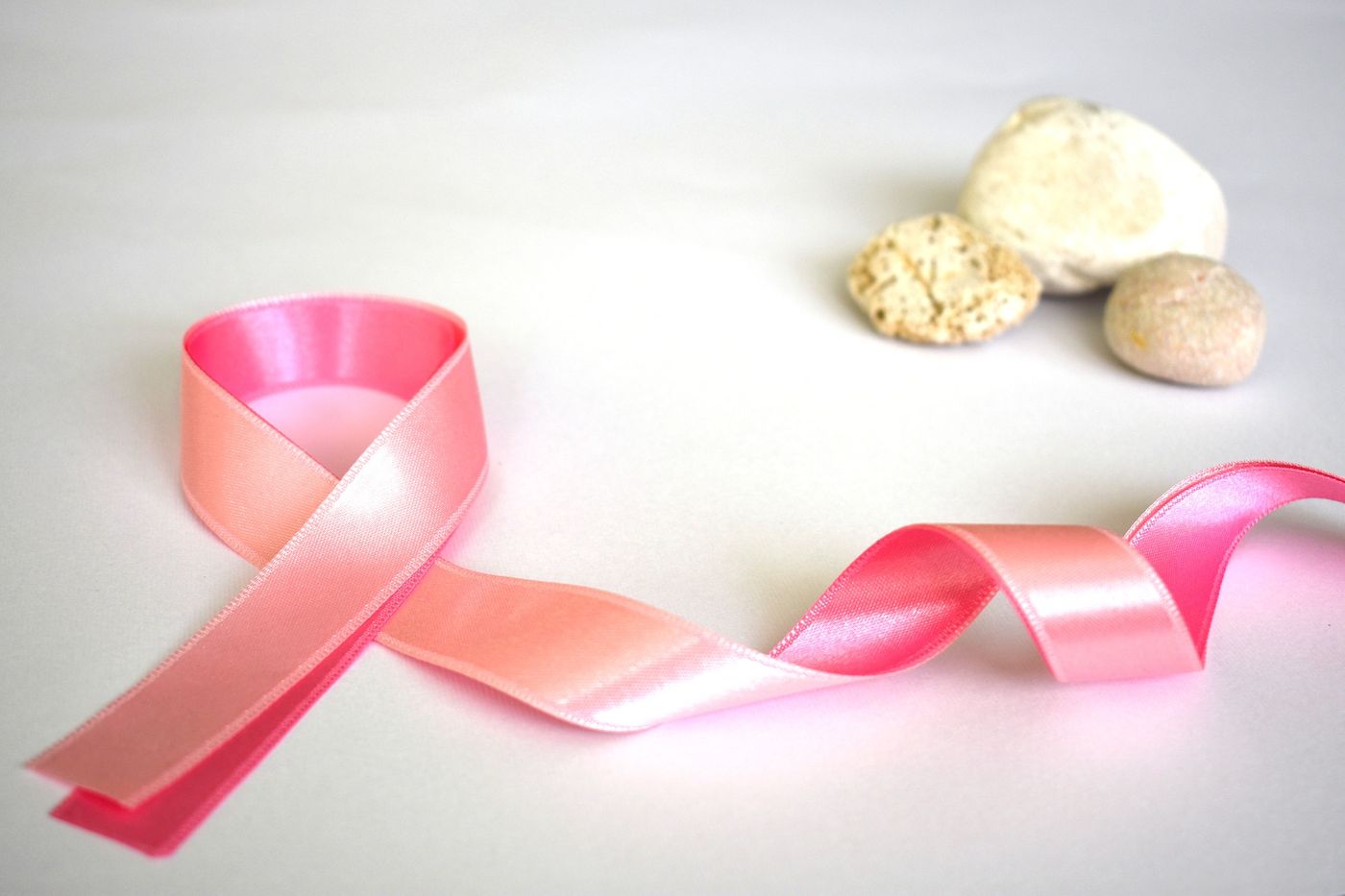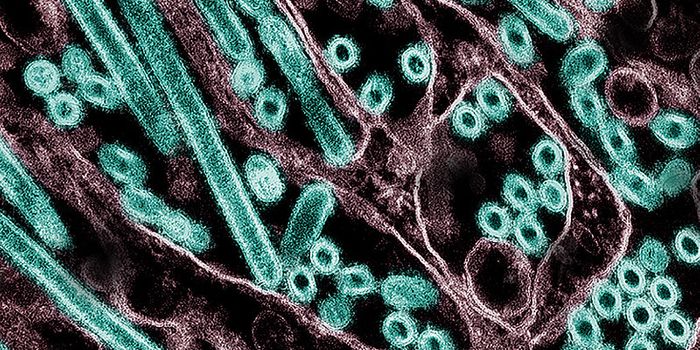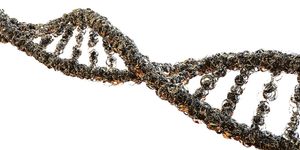Breast Cancer Overdiagnosis Estimated in the United States Population
A mammogram is an x-ray image of the breast that can reveal early signs of breast cancer. Screening mammograms are performed on women with no breast cancer symptoms, and regular screening can identify breast cancer at an early stage where more viable treatment options exist. The American Cancer Society (ACS) recommends women at average risk of breast cancer get a mammogram every year from age 45-54 and every other year after 55. The ACS guidelines also note that women aged 40-45 should have the option of starting yearly mammograms if they choose.
In 1973, the first large-scale demonstration of the benefits of mammography was published. In this study, 31,000 matched pairs of women were randomly chosen. The study group was offered annual mammography and clinical screening for four years. The control group received routine medical examinations but was not offered breast cancer-specific screening. The study demonstrated a reduction in breast cancer deaths among women receiving breast cancer screening compared to those who weren’t.
Once the value of screening was recognized, the number of mammograms performed for breast cancer screening in the United States rapidly increased. By 1987 29% of women aged 40 and older had received a mammogram in the past two years; by 2000, this figure had risen to 70%. The most recent data, compiled in 2018, showed a slight decline as 63% of women received annual (aged 45-54) or bi-yearly mammograms (aged 55-74).
Doctors have recognized that screening mammograms, while beneficial, can pose some risks. Mammograms can identify abnormal breast tissue that isn’t cancerous, and when this occurs, it’s called an “overdiagnosis.” In cases of overdiagnosis, a woman could endure additional, unnecessary treatment and testing and can cause significant emotional harm such as depression, fear, and anxiety. However, the exact risk for breast cancer overdiagnosis is unclear. Estimates of overdiagnosis range from 0 to 54%, and experts attribute the inconsistency to varying definitions of overdiagnosis, diverse study settings, and different estimation methods.
To address the need for an accurate picture of overdiagnosis of breast cancer using present-day screening mammography techniques, a team of researchers initiated a large study recently published in the Annals of Internal Medicine. The researchers enrolled women from sites participating in the Breast Cancer Surveillance Consortium (BCSC). The BCSC consists of six active and two historic breast imaging registries which collect data for researchers to study how to improve the quality of screening and related outcomes. The authors indicate that the BCSC provides “a racially, ethnically, and geographically diverse cohort" representing the United States mammography screening population.
The cohort included over 35,000 women, over 80,000 mammograms, and 718 breast cancer diagnoses. The study found that 15.4% of women aged 50-74 receiving biannual screening were estimated to be overdiagnosed. Specifically, about 6% of the overdiagnoses detected asymptomatic preclinical cancer. About 9% of the overdiagnoses identified progressive preclinical cancer in women who would have died due to an unrelated cause otherwise getting a clinical diagnosis.
The authors conclude that in the United States, among women aged 50 – 74 receiving a screening mammogram every other year, about 1 in 7 breast cancer cases will be overdiagnosed. Further, the authors suggest that having a clear picture of the risk of overdiagnosis should help patients and physicians make informed decisions about mammography screening.
Sources: Am J Roentgenol Radium Ther Nucl Med, Radiology, Ann Intern Med, Lancet Oncol, Ann Intern Med










